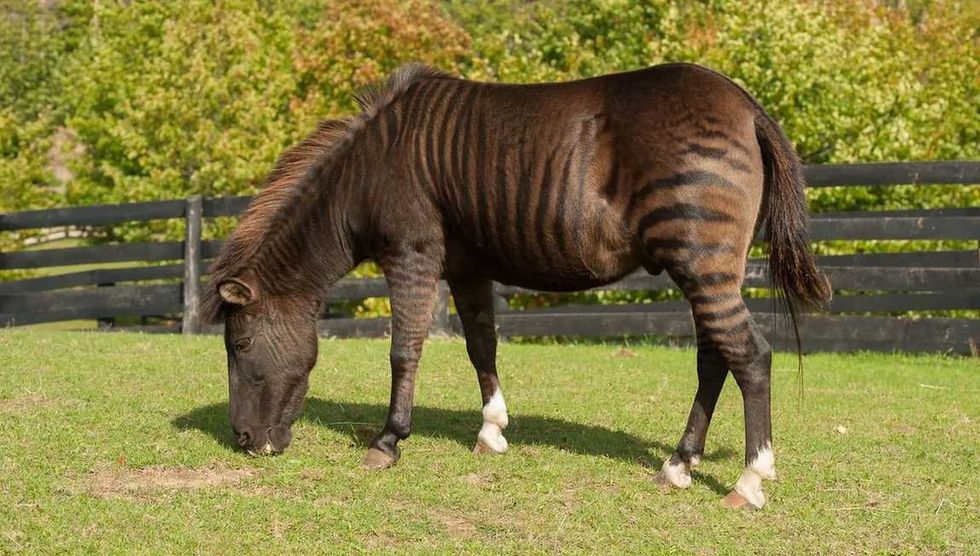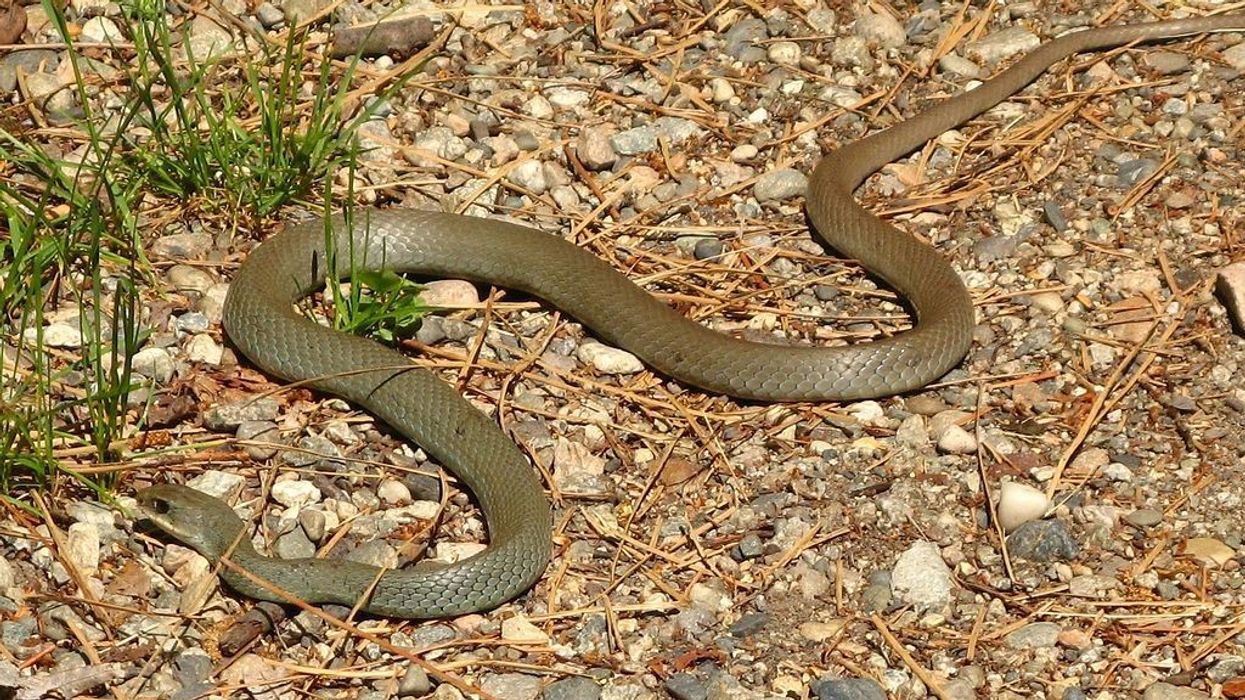The yellowtail snapper is a swift-moving Atlantic species of fish with a broad, yellow stripe from the nose down the whole yellow tail. They are most common in the Bahamas off the South Florida coast and are caught on the outside reefs at depths of 30-250 ft (9.1-76.3 m).
Snapper fillet is very expensive all over the world, even in their home grounds of South Florida. Yellowtail snappers are highly prized for their light and flaky meat.
Here we've gathered some interesting yellowtail snapper facts. Once you enjoy these, do also check out our mutton snapper and lane snapper facts.
Yellowtail Snapper Interesting Facts
What type of animal is a yellowtail snapper?
The yellowtail snapper (Ocyurus chrysurus) is a sportfish caught mainly on small tackle and is a common species of snapper found in the western Atlantic Ocean and South Florida.
It has a clear-cut yellow sideways line that dawns narrowly close to the eye and gets more extensive as it arrives at the deeply forked, yellow caudal tail, which is used for balance.
A wide horizontal yellow stripe begins at the mouth and continues to the tail.
The midsection and lower sides have restricted longitudinal stripes that are pale.
It has olive to bluish sides with yellow spots above the line and pale white below. Unlike other fish, which can only be caught in warmer months, but they can be caught throughout the year.
What class of animal does a yellowtail snapper belong to?
Yellowtail snappers belong to the class of Actinopterygii and are a species of snappers found in the western Atlantic Ocean.
How many yellowtail snappers are there in the world?
There is no such estimate of the total number of yellowtail snappers in the world. The IUCN Red List has even listed their conservation status as Data Deficient.
Where does a yellowtail snapper live?
Yellowtail snappers are mostly found in Massachusetts, Bermuda, and the Gulf of Mexico and are commonly found in the Bahamas, South Florida, and in the Caribbean Sea.
What is a yellowtail snapper habitat?
The habitat of the yellowtail snapper consists of the coast of South Florida and the Caribbean sea. Adult yellowtail snappers tend to live in areas near deep reefs at the great depths of 30-250 ft (9.1-76.2 m), while smaller snappers prefer to assemble over hard bottom reefs.
Once established, adult yellowtail snappers stay in the same area for a long period of time. They are mostly caught in outside reef areas. They assemble in bunches the edges of reefs from spring to fall.
Who do yellowtail snappers live with?
There is no theory about yellowtail snappers living with either their own kind or the different ones. However, the small size yellowtail snapper tends to congregate over the hard bottom habitat, and one can safely assume that it lives harmoniously underwater with the rest of the ecosystem it shares the ocean with.
How long does a yellowtail snapper live?
The life of a yellowtail snapper is estimated to be somewhere around 6-14 years.
How do they reproduce?
Spawning happens all year, cresting at various occasions in various areas, with a general action of decrease in the cold weather months. The spherical eggs are delivered into vast waters and contain an oil droplet, which gives buoyancy in their pelagic climate. The eggs incubate within 24 hours, producing sparsely pigmented larvae.
What is their conservation status?
The exact number of yellowtail snappers (Ocyurus chrysurus) is unknown; therefore, its conservation status has been listed as Data Deficient.
Yellowtail Snapper Fun Facts
What does the yellowtail snapper look like?

The yellowtail snapper has a much smaller head and mouth than compared to other snappers. It has a clear yellow horizontal line that gets narrows while reaching the eye.
The yellowtail snapper has multiple olive or bluish back and yellow spots on its upper sides. The belly and lower sides consist of alternating narrow, longitudinal pink and yellow stripes. The caudal balance of this species is deeply-forked, with the upper projection longer than the lower one.
The yellowtail snapper has a wide horizontal yellow stripe that begins at the mouth and continues to the forked tail, which is completely yellow and deeply forked. The rest of the fish is olive to somewhat bluish with yellow spots above the lateral band.
Their belly has alternating narrow, longitudinal pink and yellow stripes. The dorsal balance is yellow, while the pelvic fins are white.
How cute are they?
The yellowtail snapper fish is very cute in respect to its body and color combination.
How do they communicate?
Scientists have not found out much about the communication process of a yellowtail snapper or but it is a very solitary mammal and prefers to live alone; we could assume it does not have to communicate much with others of its species.
How big is a yellowtail snapper?
The greatest length for yellowtail snappers is 34 in (86.3 cm), and they do not exceed this size. However, the species grows fast, and females generally reach a size of about 10 in (25.4 cm) in length. Many of them attain an average length of 30 in (75 cm).
How fast can a yellowtail snapper swim?
The average range of speed that the yellowtail snapper can swim is not estimated yet by scientists. However, it is believed that these species of fish are very good swimmers and swim at a high pace like other fish.
How much does a yellowtail snapper weigh?
The average yellowtail snapper fish can weigh up to 3 lb (1.36 kg). It is smaller in size than the average snapper. A yellowtail snapper that weighs more than 5 lb (2.2 kg) has been nicknamed a flag.
What are the male and female names of the species?
The yellowtail snapper fish does not have a specific name for the different sexes.
What would you call a baby yellowtail snapper?
The baby yellowtail snapper can be called juveniles or fry.
What do they eat?
Adult yellowtail snappers are nocturnal predators. They feed on organisms such as crabs, shrimp, worms, and fish. Juveniles, living primarily among seagrasses, feed on plankton.
Are they dangerous?
There have been reports of ciguatera (a form that is in line with poisoning) harm from human utilization of the yellowtail snapper, although such occurrences are considered rare for this species.
A phenomenon of tropical marine conditions, ciguatoxin accumulates even further in snappers and other enormous reef species which feed on these fishes. If collected in the blood due to the consumption of the flesh of these fish by humans, they can be deadly.
Most fish are also known to have high levels of mercury in their systems.
Would they make a good pet?
You may have a desire to keep them as your pet because they are very cute and pretty, but they tend to live in deep waters, which is hard for people to recreate in their houses. Also, they only eat crabs, worms, and fish.
So, it's not advisable to keep them as a pet. Most creatures should be left to live in their wild and natural habitat instead of captivity.
Did you know...
Yellowtail snappers are reefs dweller but are also found at many different depths and areas.
Yellowtail snappers belong among the 200 known species of snapper commercially harvested.
Yellowtail snappers are found in coastal waters near coral reefs.
This fish rarely exceeds a weight of 5 lb (2.2 kg).
A yellowtail snapper that weighs more than 5 lb (2.2 kg) has been nicknamed a flag.
Yellowtail snapper fillets are sold at about $16.99 per pound. This Florida Keys delicacy is 1-2 lb (0.4-0.9 kg) in size.
Most yellowtail snappers are caught in the USA, South Atlantic, and the Gulf of Mexico.
Yellowtail snapper fishes caught by anglers range between 2-4 lb (0.9-1.8 kg).
This beautifully colored fish is commonly spotted among divers and snorkelers.
Fishing depths in most areas are about 60-120 ft (18.2-36.5 m).
Those using fishing rods are relatively wary of the higher test or thick lines and larger hooks when fishing for yellowtails.
Is grouper or snapper better?
Both these fish are caught using hooks for the purpose of eating them fresh. In contrast with grouper, the tissue of snapper tends to be a little more delicate and has a pleasant, sweet flavor too when barbecued.
This fish also handles sweet-smelling flavors better than when compared to grouper. It also has a flavor similar to fresh swordfish and grouper, making it a more economical choice for many people.
Is a yellowtail snapper a carnivore?
The common food choices of a yellowtail snapper are shrimp, crabs, worms, and fish. So, it is a carnivore, but the fish itself is caught for the purpose of eating through large hooks.
Here at Kidadl, we have carefully created lots of interesting family-friendly animal facts for everyone to discover! Learn more about some other fishes from our giraffe catfish facts and bronze corydoras facts pages.
You can even occupy yourself at home by coloring in one of our free printable yellowtail snapper coloring pages.









